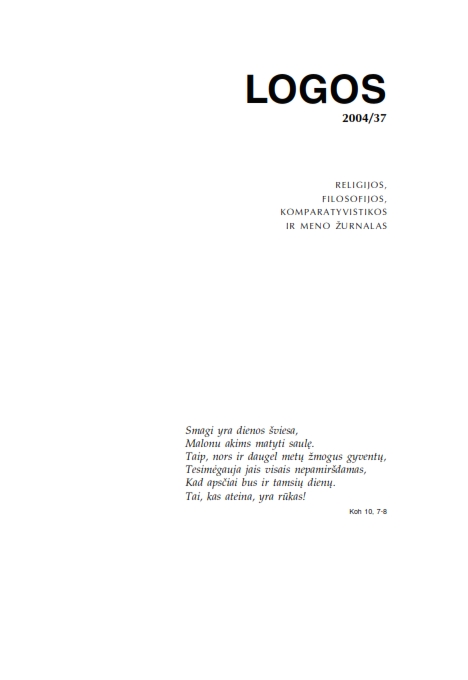Marginalo termino apibrėžimas bei marginalaus teatro charakteristika
The Definition of the Term “Marginal” and Characteristics of Marginal Theatre
Author(s): Kristina PečiūraitėSubject(s): Theatre, Dance, Performing Arts, Social Philosophy, Culture and social structure , Sociology of Art, Identity of Collectives
Published by: Visuomeninė organizacija »LOGOS«
Keywords: Marginal; identity; deconstruction; marginal theatre;
Summary/Abstract: In contemporary society’s decentralisation, fragmentation and indetermination, the perception of the process of normalisation is resolved and transformed. The social and cultural structure, which was formed by binary partition, is resolved and, more important, becomes a field which is ignored and is not public. So in contemporary structures, a different and opposite identity is named as marginal. Marginal identity is not indiscrete. It is resolved, decentralised; it is made from fragments, and reshaped. So marginal identity doesn’t identify itself with traditional cultural or social elements and instead creates itself as different. When the perception of identity changes, the position of some discourses changes as well. Some of the important discourses which have changed their positions in contemporary social and cultural structures are the treatment of space, body and gender. Body/gender become multifunctionals and change their positions. The body could be named as the place of identity. The body can help to understand the world, and at the same time to create a different identity. With the term “marginal” it is possible to link different, not researched, theatrical phenomena, which is not the same as traditional theatre. Marginal theatre can not be called avant-garde theatre because of its localisation and the negation of traditional, official, institutional theatre. That’s why marginal theatre develops as an individual phenomenon, which exists in a marginal space.
Journal: LOGOS - A Journal of Religion, Philosophy, Comparative Cultural Studies and Art
- Issue Year: 2004
- Issue No: 37
- Page Range: 161-169
- Page Count: 9
- Language: Lithuanian

